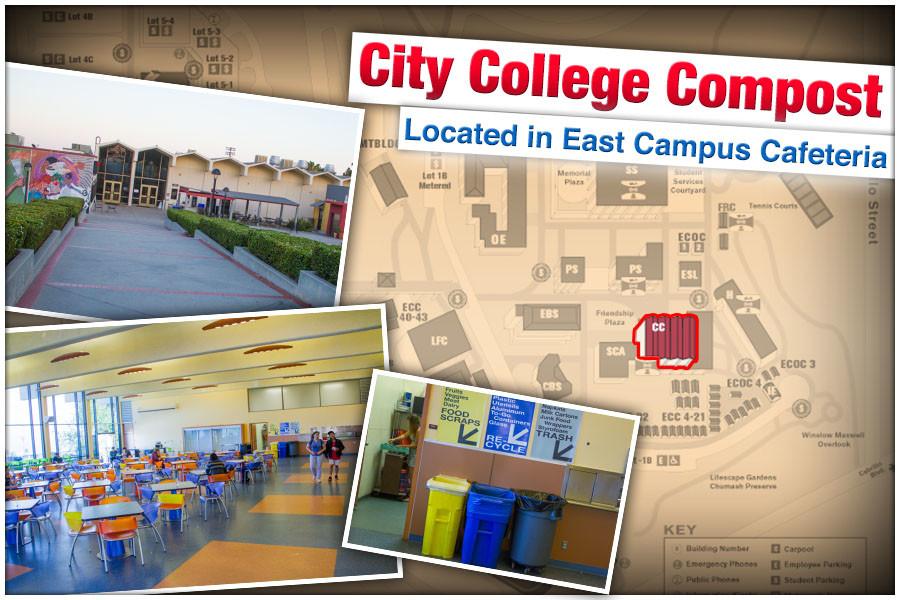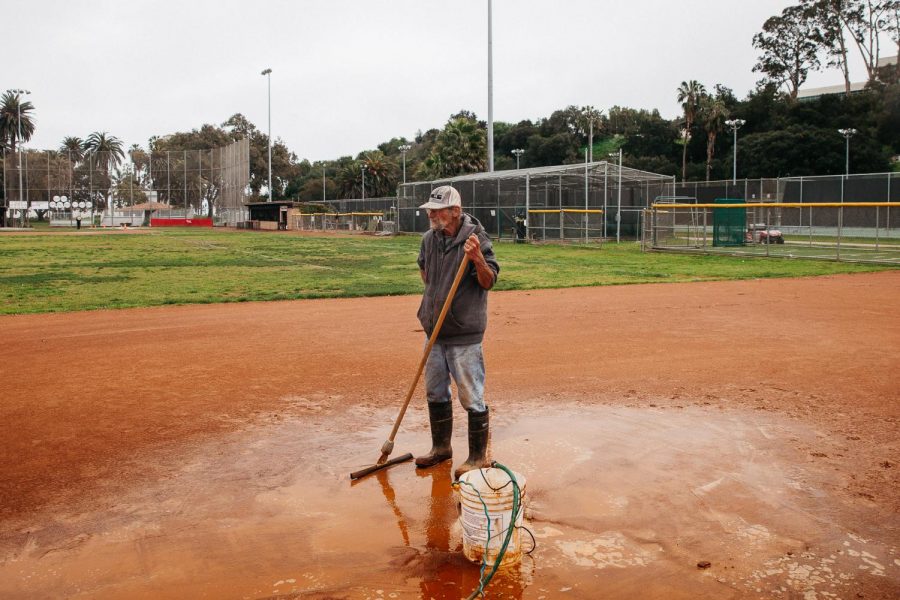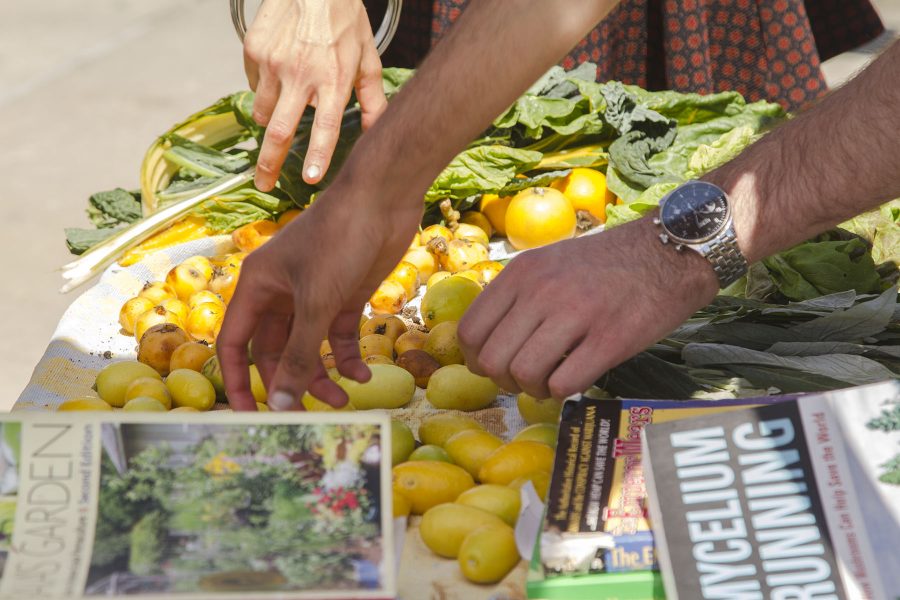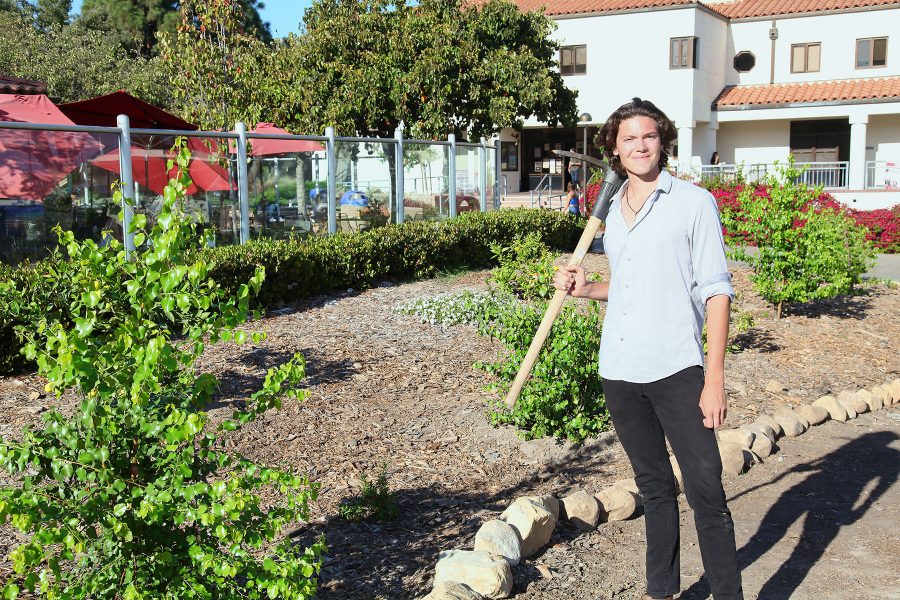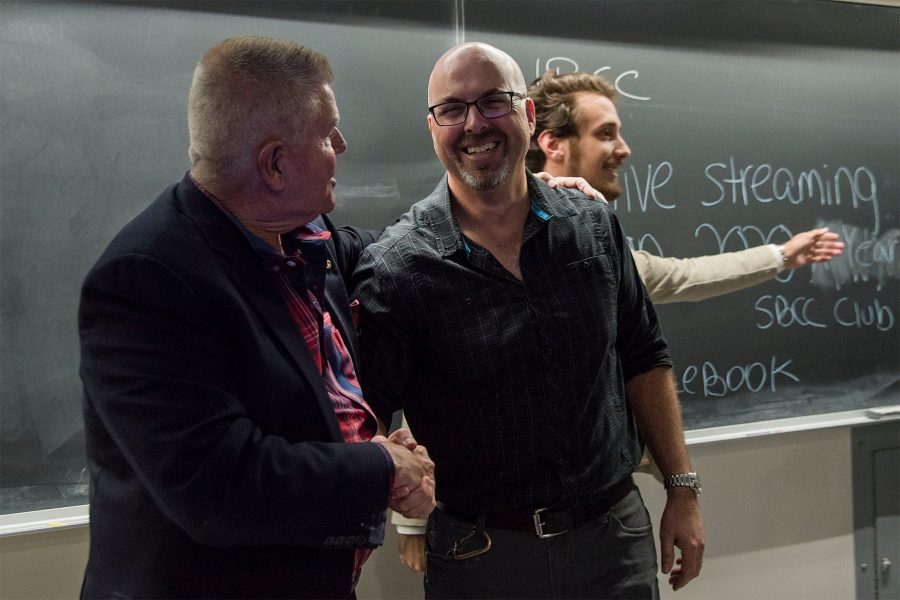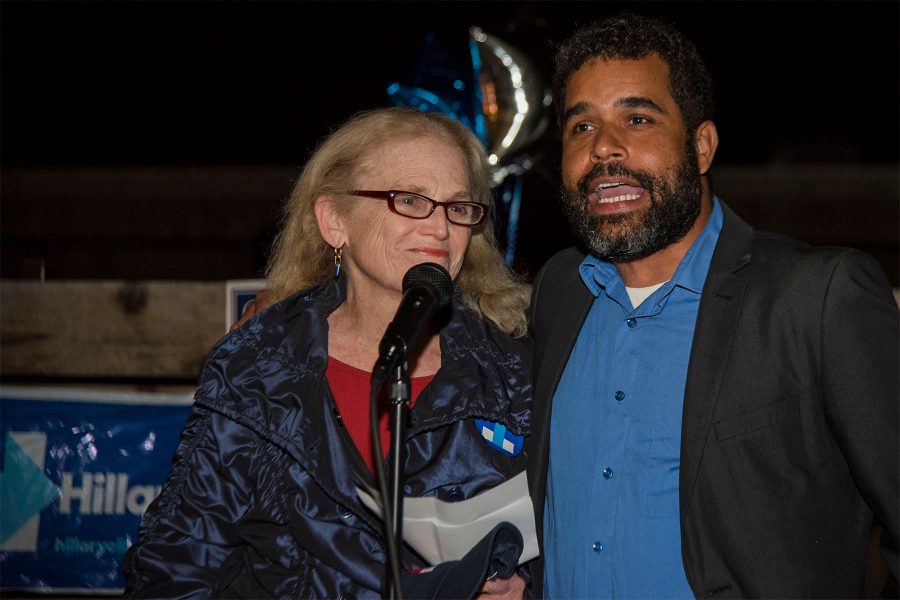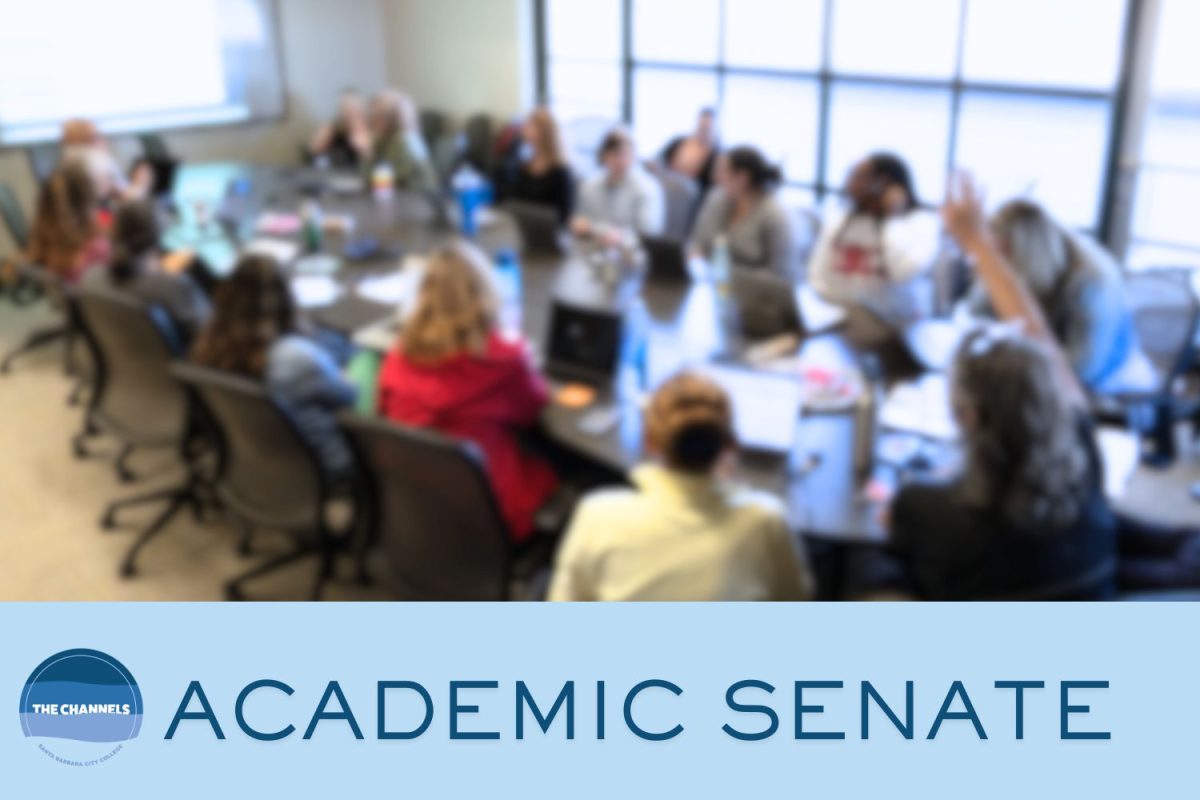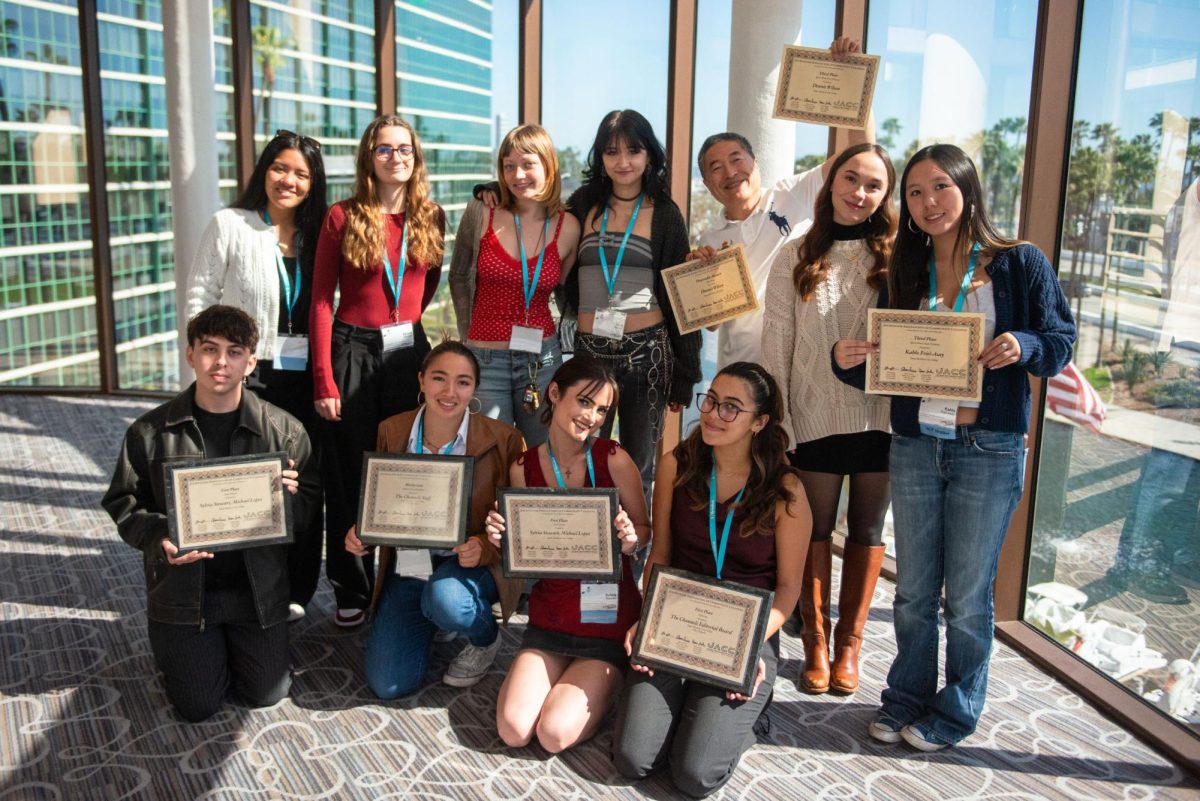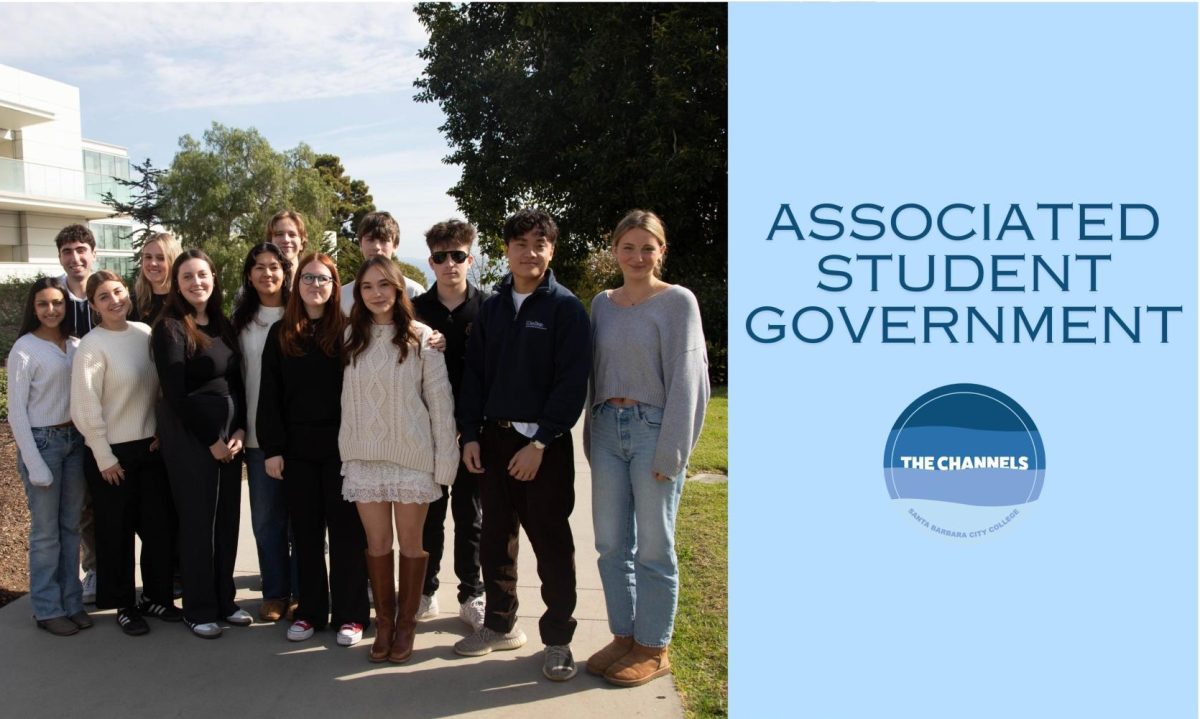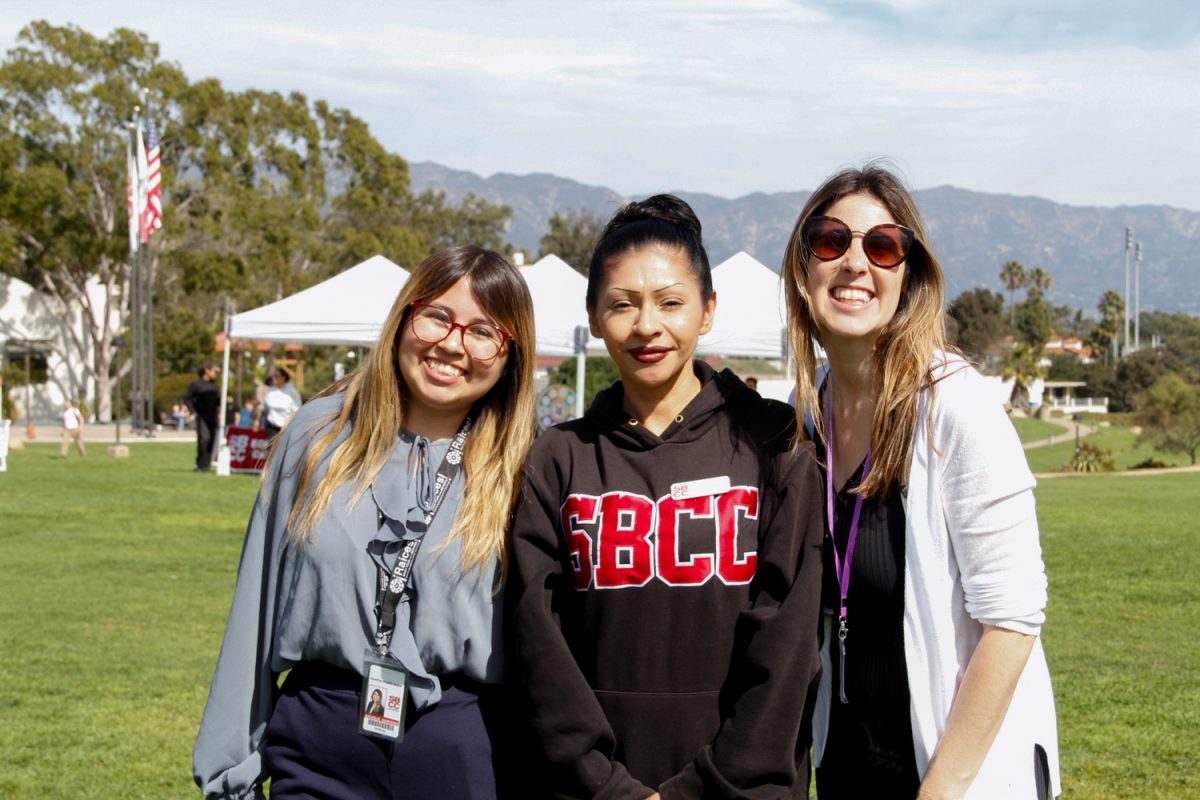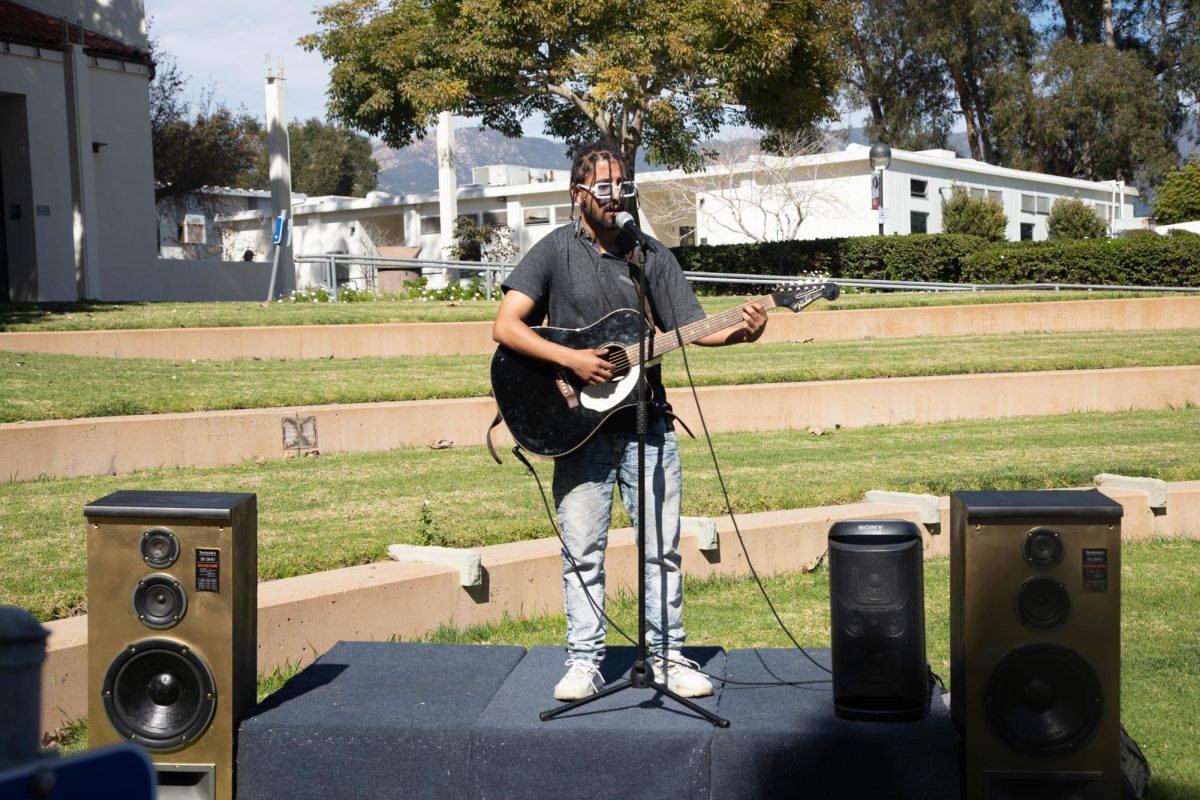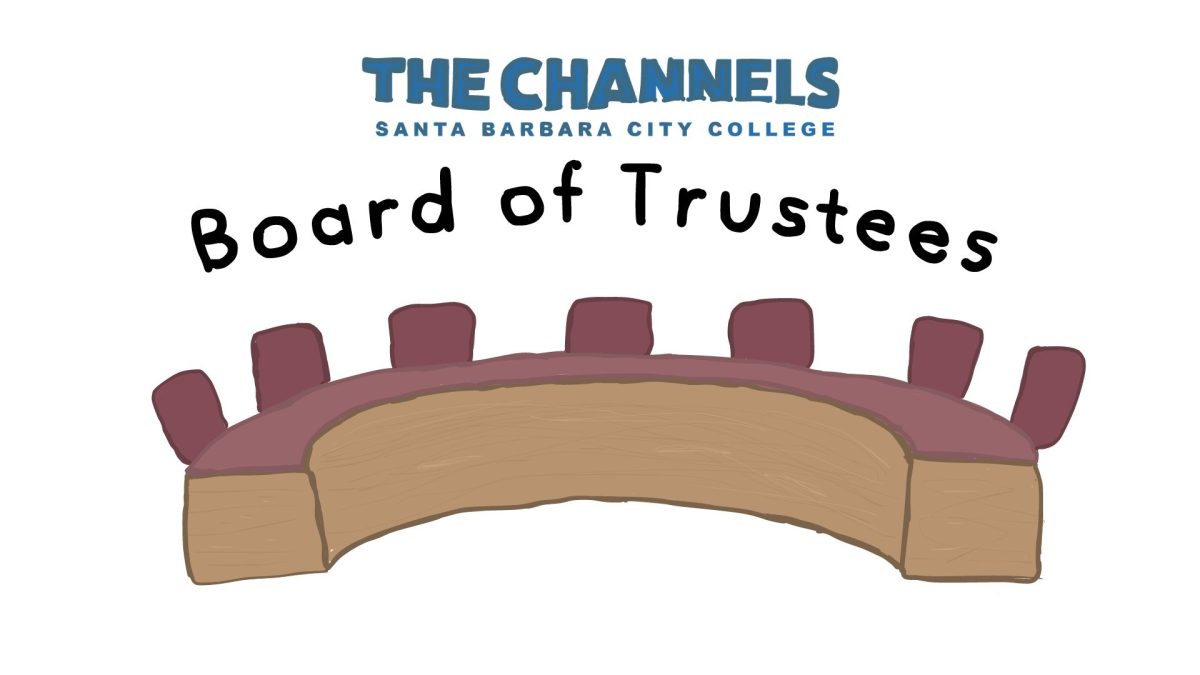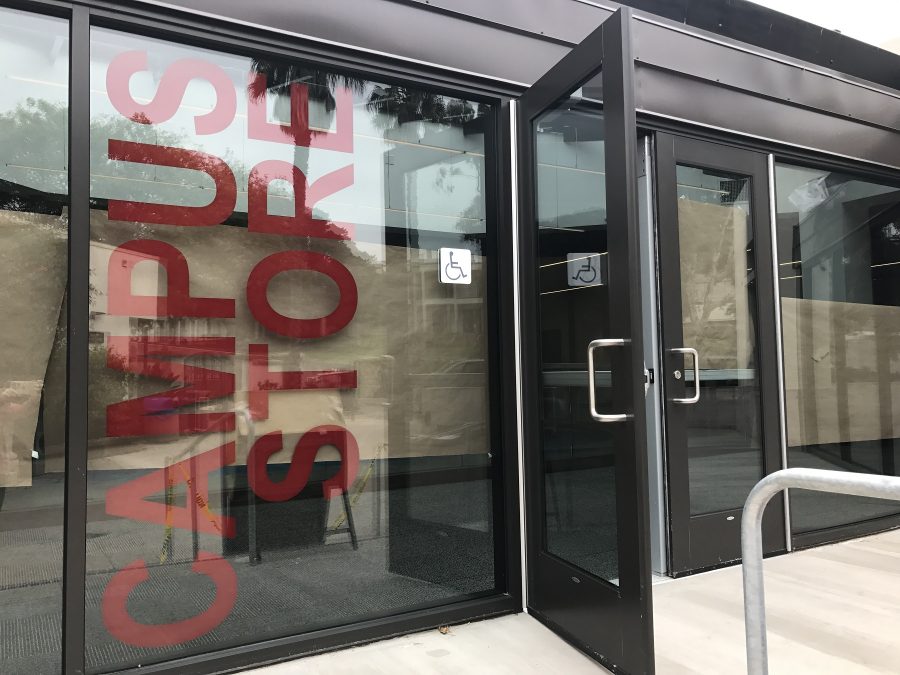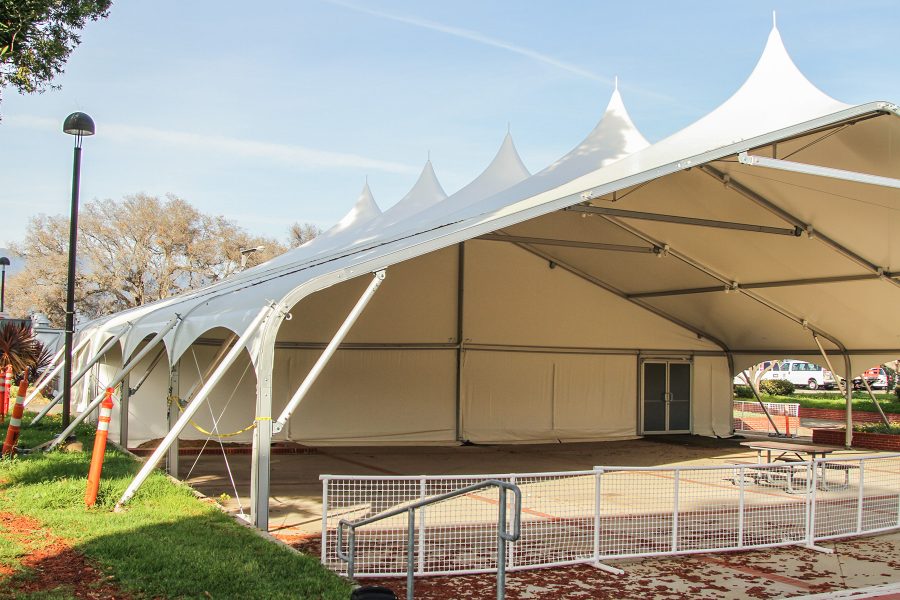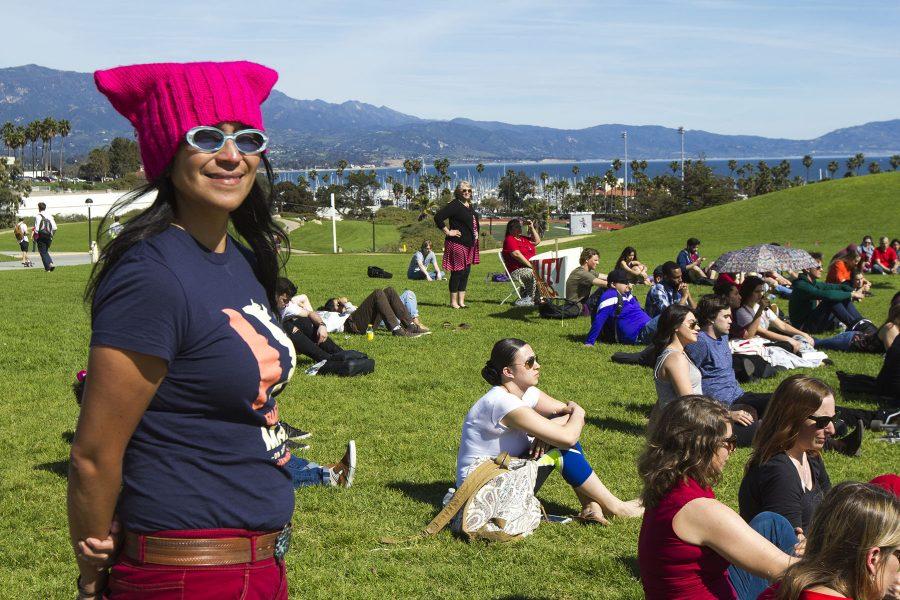A student running late to class hurries across the bridge, scarfing down the last few bites of a salad. In a matter of seconds, they pass a trashcan and without thinking, throw away the cardboard box and leftover food scraps.
City College is making its best efforts to improve sustainability, but faces an immense challenge when attempting to implement compost bins next to the recycling and trash bins on campus.
“We’re really not even trying hard as a population to do something about it,” said Adam Green, Director of the Center for Sustainability at City College. “Being apathetic becomes trendy… that’s just not working.”
According to the Center for Sustainability webpage, “food scraps and compostable paper generated by business and residences accounts for 20,000 tons of waste annually in the City of Santa Barbara.” This waste then decomposes in landfills, which make up 18 percent of the total annual methane production in the United States.
By diverting that waste out of landfills and into industrial compost facilities like Engle and Gray in Santa Maria, or smaller compost systems such as vermicomposting, we can reverse the immensely harmful effects of our waste.
“I was composting in elementary school,” said student Logan Fletcher. “It doesn’t start here, it starts with the youngest generation. Its like writing your name at the top of the page, muscle memory, you just know you’re supposed to do it because that’s what you were taught.”
Currently, City College has compostable bins in the East Campus Cafeteria and inside Culinary Arts classrooms, where pre-consumer food scraps are successfully composted.
“We divert probably a couple hundred pounds or more a day from the landfill, so it’s a benefit,” said Green. “I’d love to be able to figure out post-consumer.”
There have been efforts to place more compost bins around campus. However, compost bins are more susceptible to contamination than recycling. Recycling bins can have five percent contamination, while compost bins can only have one percent. That means just a plastic cup or glass bottle could ruin an entire compost load.
“It’s hard enough teaching them math and english, let alone what to throw away,” said Culinary Arts Professor Randy Bublitz. “And it’s not just students either, its faculty and staff.”
There are plenty of educational resources available on composting, the City College Center for Sustainability and the City of Santa Barbara provide clear information about what can be composted and recycled.
“The only time we’ve been really successful at doing it is when we actually had someone standing next to the bin and saying ‘that can go here, this can go there,’” said Green.
The benefits of composting are also monetary, as it significantly reduces the amount of trash produced and how often it is picked up. Food scraps collection services are also half the cost of trash collection.
To get involved, City College students can throw compostable materials in the yellow bins provided in the East Campus Cafeteria, as well as learn more about the simple ways to compost at home.
“Its literally taking a huge negative and turning it into a very significant positive,” said Green. “I think if people really embodied that understanding, you’d see a vast and dramatic change in our waste stream.”


